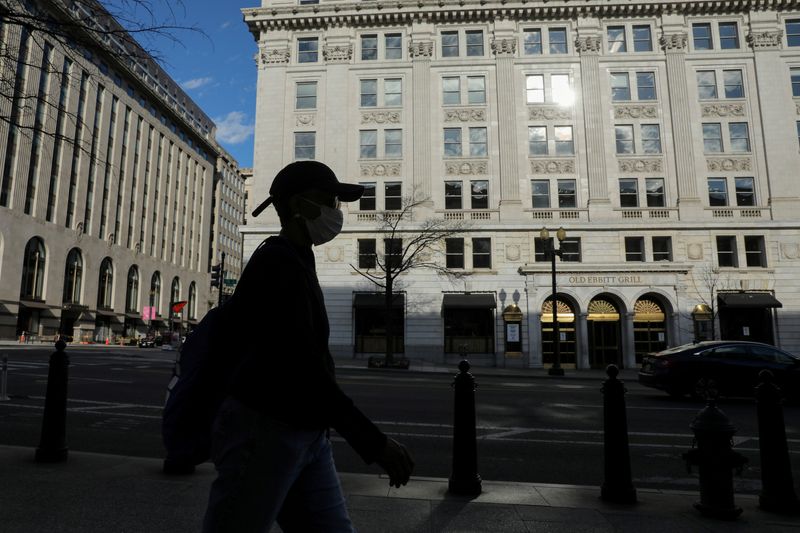
WASHINGTON (Reuters) – The U.S. government notified lenders on Sunday that it will cap how much each bank can lend under the emergency loan program designed to keep workers on payrolls amid the coronavirus pandemic, hours ahead of the reopening of the lending program.
The Small Business Administration (SBA) will impose a maximum dollar amount for individual lenders at 10% of Paycheck Protection Program funding, or $60 billion per lender, and pace the applications filed, according to SBA guidance on Sunday to lenders that have received a significant number of applications. The steps are “prudent and reasonable” due to the unprecedented demand for the loans, the memo said.
U.S. banks were girding over the weekend for another frantic race to grab $310 billion in fresh small-business aid due to be released by the government. The SBA was due to reopen PPP funding at 10:30 a.m. ET (1430 GMT) on Monday, allowing lenders to resume processing piles of backlogged applications from businesses hurt by the coronavirus shutdown.
The SBA will also take applications in one bulk submission with a minimum of 15,000 loans, the SBA said in the memo.
The PPP came under criticism after a number of publicly traded companies with thousands of employees and hundreds of millions of dollars in annual sales got loans, while smaller businesses did not.
Nearly 5,000 lenders, including big banks such as JPMorgan Chase & Co (N:JPM) and Citigroup Inc (N:C) as well as community banks, participated in the prior, $349-billion round of funding. No lender accounted for more than 5% of that total, the SBA said previously.
Despite technical and paperwork challenges, the program’s first round of funds was exhausted in less than two weeks and lenders expect the second tranche of cash to be snapped up even faster by tens of thousands of applications queued up.
That has left thousands of small businesses that have been forced to shut down in order to stem the disease outbreak, without badly needed funds to keep them afloat. The first-come, first-served basis was criticized for leaving out smaller firms without pre-existing lending relations, even if their need was greater than others.
More than 25% of the total pot went to fewer than 2% of the firms that got relief, a Reuters analysis of the data showed.
Bank of America Corp (N:BAC) Chief Executive Officer Brian Moynihan said in an interview with CBS News on Sunday: “We need to take away the first-come, first-served aspects and to make sure it’s fully-funded.”



